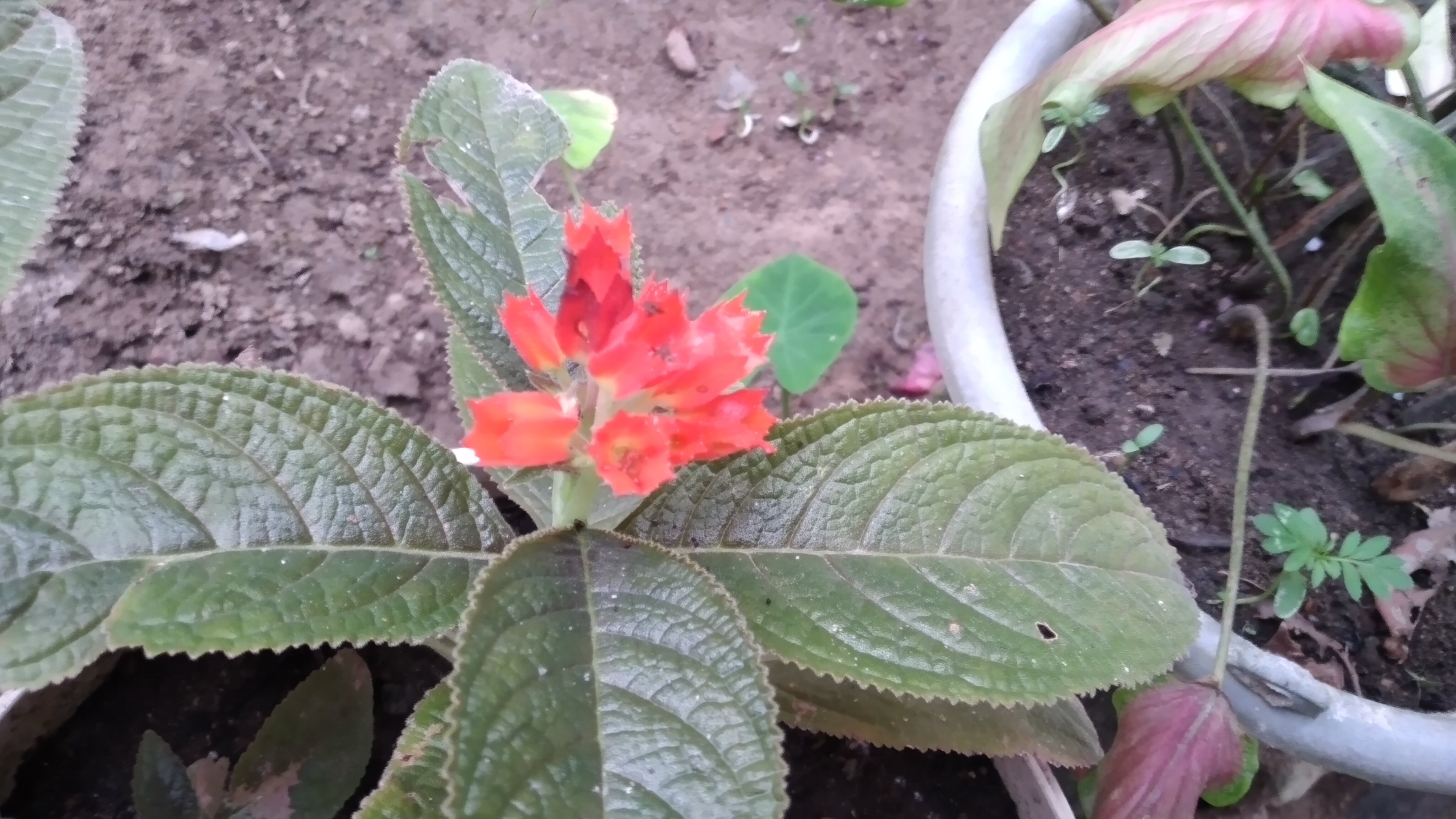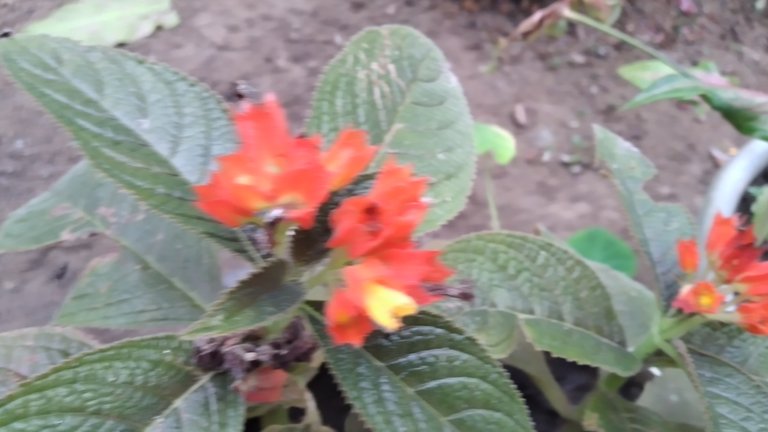
Begonia is a word that refers to one of the names of the genus of flowering plants as well as the trade name of the plant. The name Begonia may be familiar to ornamental plant enthusiasts. The plant has long been a favorite ornamental plant in Indonesia and many countries. Hundreds or even thousands of cultivars have been produced from all over the world with various shapes, leaf and flower color patterns. It seems that this one plant never stops presenting the charm of beauty as an ornamental plant, both for decoration inside the house and hanging pots outdoors. In fact, Begonia itself has been planted en masse in a Begonia Garden in Lembang and as a road divider, as found in the Eka Karya Bali Botanical Garden. Since it was first introduced by Charles Plumier in the mid-17th century, Begonia has become a target for plant specimen hunters. Consequently, the number of Begonia species found continues to increase until it places it in the ten genera with the largest number of species. To date, the number of Begonia in the world has reached 2,151 species as of July 7, 2024 (Begonia – Home (rbge.org.uk)). However, this figure is not the final result of the number of Begonia species in the world. There are still many opportunities for new species to be scientifically discovered from various corners of the world, especially from tropical Asia including Indonesia.
Over the past ten years (2015 – 2024), at least more than 60 new species have been reported from Indonesia. This number is the highest number in the last few decades for the discovery of new species in one genus of plants. In fact, recently a species of Begonia endemic to Mount Tanggamus, Lampung Province, namely Begonia tanggamusensis, has added to the scientific diversity of Begonia species. Two Begonia specimens from the Cibodas Botanical Gardens – BRIN collection are candidates for new species discovered in the Sumatra region. Unfortunately, we have to wait a little while for the female flowers to bloom to complete the morphological data.
The trend of increasing discoveries of new Begonia species from year to year continues to occur. From a recapitulation of several scientific journals, it shows that over the past five years, namely 2020 to mid-2024, as many as 27 new species have been reported from Indonesia. The islands of Sumatra and Sulawesi contributed nine new species of Begonia each, followed by Kalimantan Island with six new species and two species of Begonia from Halmahera Island. The Lesser Sunda region, especially the area bordering Timor Leste, also contributed one new species of Begonia, namely Begonia stilpnophylla. So, it is not wrong if Indonesia is known as a megabiodiversity country because of its great contribution as a home for biodiversity.










